It starts with us: Making gender parity a priority in research-for-development organizations
We all know the context, the facts and figures; women are overburdened and undervalued. For individuals, communities and nations to reach their full potential we need to focus on bringing women AND men together to flourish in economic and social terms. Only then can we achieve equality in a productive, prosperous society.
But behind all the numbers and aspirations, what is the reality of life for women in agriculture right now? And how do we affect the change we want to see in the world?
Great strides toward gender parity at the Australian Centre for International Agriculture Research (ACIAR)
Working in an influential international research-for-development government agency, at a time when gender is overtly on the agenda, has provided us with a unique opportunity to make some serious strides toward equity, and ultimately equality.
For the first time in 35 years, ACIAR is now close to gender parity at senior levels. Women are now taking the lead in agricultural research for development in a big way.
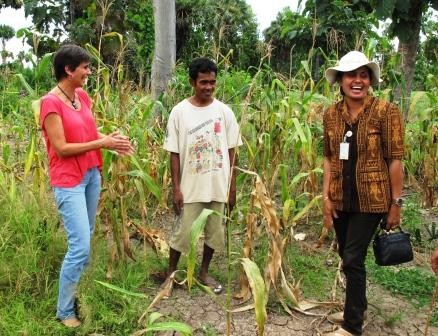
This brings a greater range of perspectives to the table to set the agenda and commission agricultural research-for-development projects. Greater gender parity within the organization is having a profound impact on the inclusion of research on gendered social relations and the concomitant processes and outcomes of projects that cross our desks. It helps drive us toward the imperative to ensure 80% of our investments are working toward women’s empowerment and gender equity. The strength here is in the diversity, and collaboration with our male colleagues is key to success.
Gender equality really is everyone’s business. Too often the term gender is used interchangeably with women. This erroneous use of language masks the dynamics of gendered relations and challenges that men face. It robs us of the chance to be inclusive and gain the support of those with the power to lead change and advocate alongside women. We all have gendered roles, and women need men to come to the party if we’re all going to have equality in the long run. Gender equality also offers men significant underestimated advantages, such as freedom from stereotypical masculine identities and responsibilities.
Agricultural research must stop doing harm
So women and gender are not one and the same, but improving the position of women requires addressing the state of gendered social relations in a given context. Such relations are frequently embedded in societal norms governed by patriarchal privilege that relegate women to secondary or support roles. This covers everything from women not being taken seriously in meetings or having their appearance constantly and publicly critiqued, through to not accounting for, or devaluing, female labor and work.
Analysis and interventions in the structures that perpetuate these norms require robust social science along with practical action. Social change in the context of agricultural research for development is not like an instant soup sachet; you cannot just add women and stir. It is complex and multi-faceted, and can be just as threatening for those in positions of power as it is for more vulnerable members of society. Addressing this will be key to transformational change. One approach that could be taken is an expansion of the concept of “do no harm”.
The “do no harm” approach asks that research ensures its processes and outcomes are not detrimental to women. Issues arise when it is assumed that if women are not a named target group, then the research is gender neutral. This claim of neutrality is more accurately characterized as gender blind. It is incorrect to assume that gender-blind research will not have negative consequences for women.
Could it be time to move toward a broader conceptualization of “do no harm” and own up to our own biases—biases harbored by both women and men, which discriminate against women? This sounds confronting, but with the right measures of political will and individual commitment, positive change can be achieved.
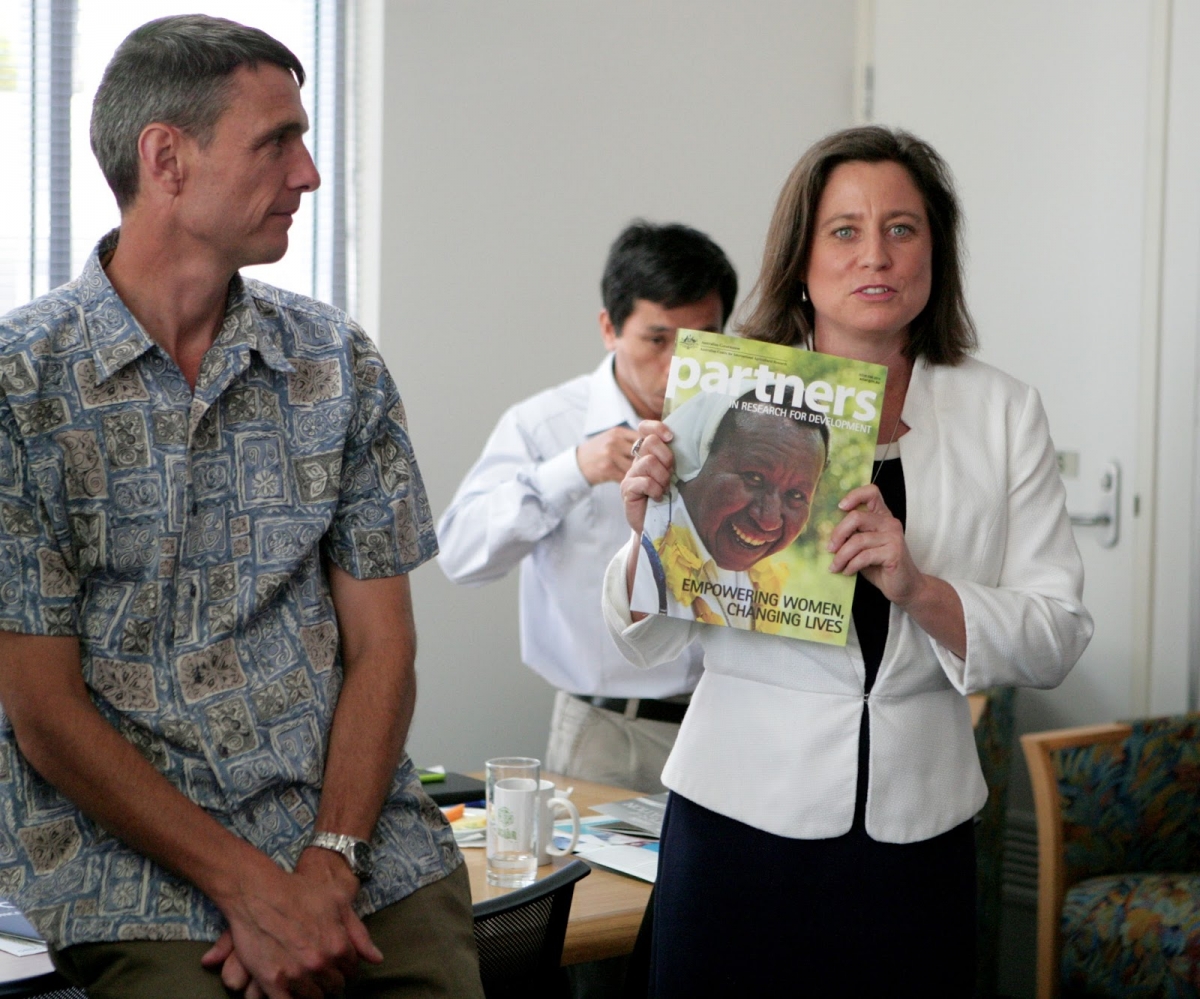
So what are we doing about all this?
Our partner agency the Department of Foreign Affairs and Trade (DFAT) has achieved equity with 50% of employees across the department being women. The agency is in the throes of a women-in-leadership program to improve gender parity at the most senior levels of the organization.
ACIAR has recently published the first Gender Equity Policy and Strategy 2017-2027 and Gender Guidelines for Research Proposals. We are closely examining both ourselves and the work we commission through this new policy and strategy. We are bringing men along as our greatest supporters. ACIAR CEO Andrew Campbell has signed up as a male champion of change, including by taking our panel pledge.
However, there is still a long way to go. Some of the major partners we work with, including the CGIAR, still have gaps in support for institutional gender equity and funding of gender-related research. That’s why, in April 2019, we will be sponsoring an international conference hosted by the University of Canberra, Australia, titled Seeds of change: towards gender equality in agricultural research for development. This will provide an opportunity to reflect on the road we have traveled and how to pave a better future for all our partners. We hope to see you there.
##
Thrive blog is a space for independent thought and aims to stimulate discussion among sustainable agriculture researchers and the public. Blogs are facilitated by the CGIAR Research Program on Water, Land and Ecosystems (WLE), but reflect the opinions and information of the authors only and not necessarily those of WLE and its donors or partners. WLE and partners are supported by CGIAR Fund Donors, including ACIAR, DFID, DGIS, SDC and others.




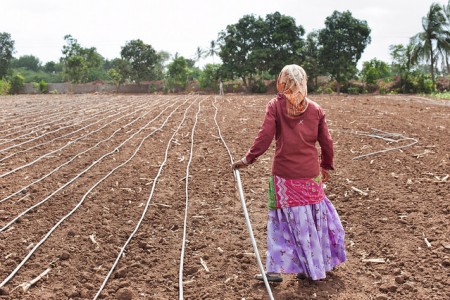


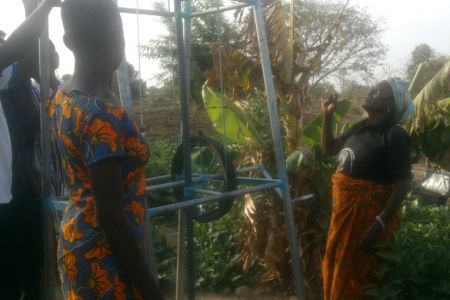

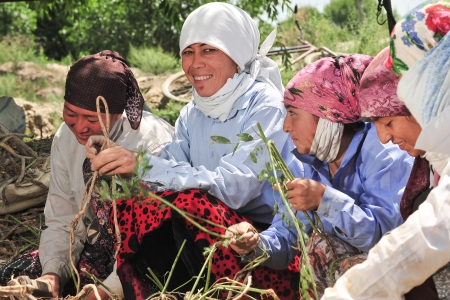


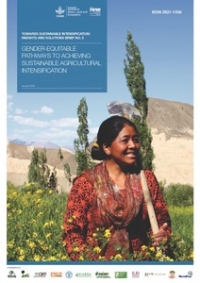
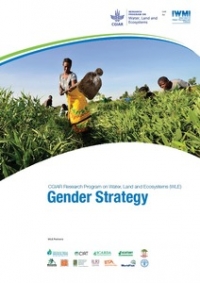
Add new comment